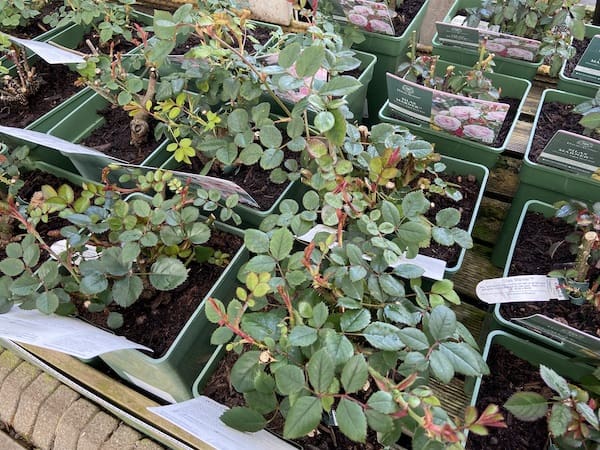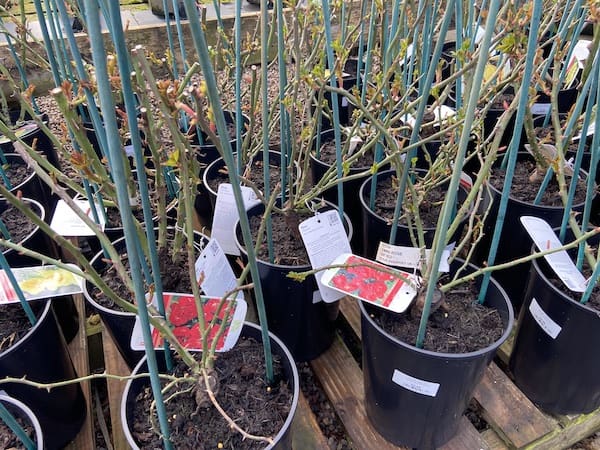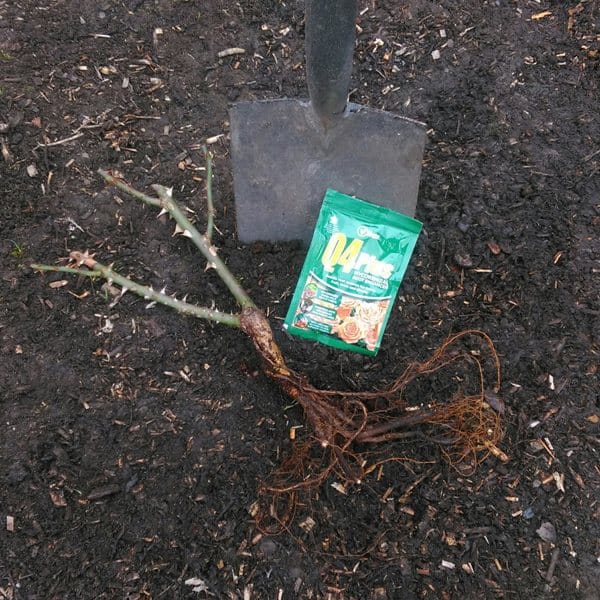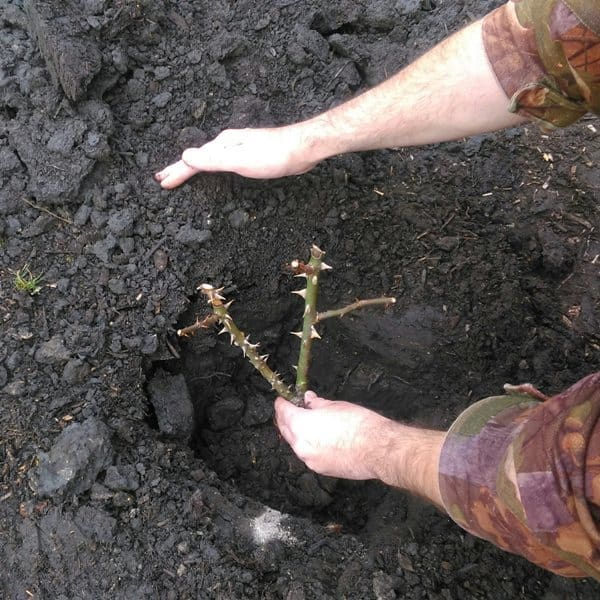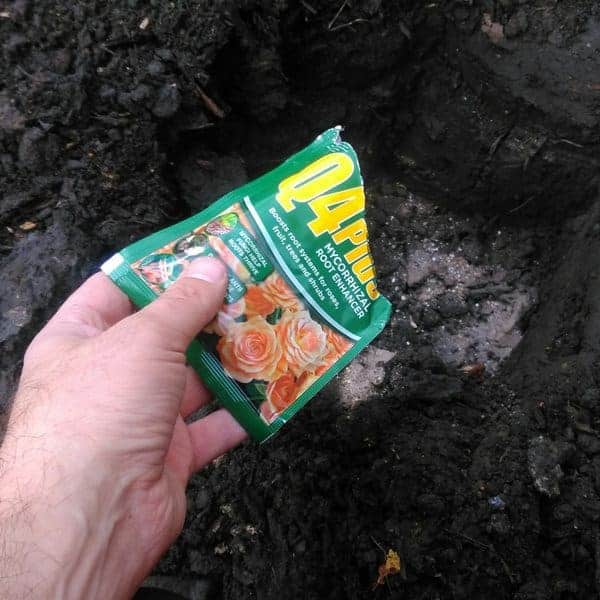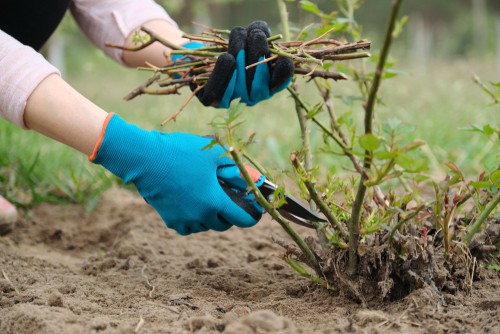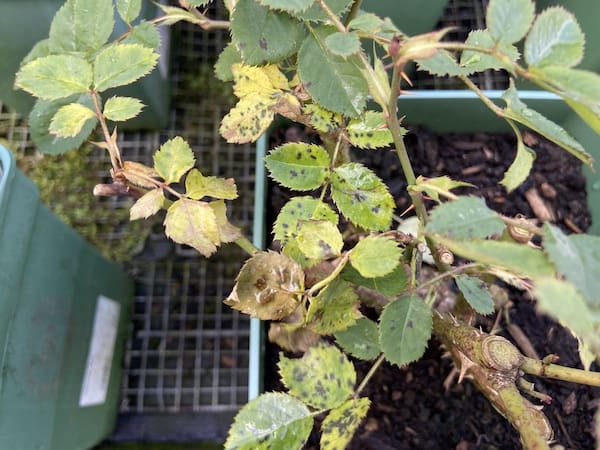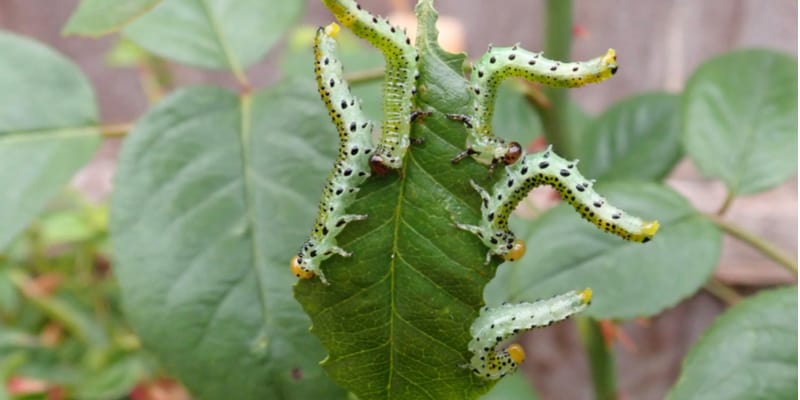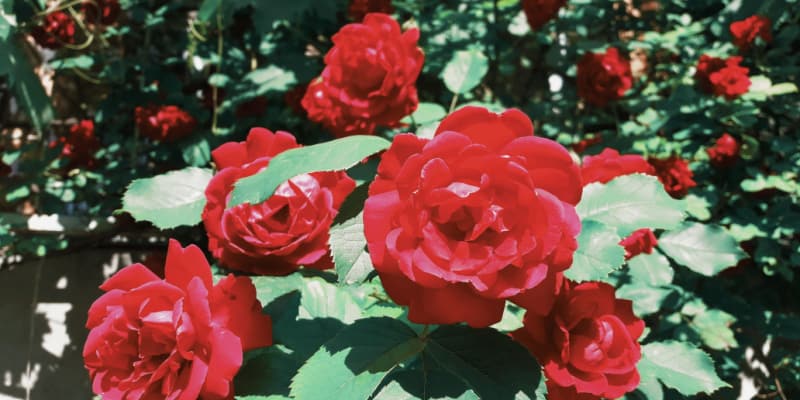
A Beginner’s Guide to Growing Roses: Tips and Tricks for Success
Our site is reader supported, this means we may earn a small commission from Amazon and other affiliates when you buy through links on our site.
For a long time, roses have been associated with the traditional English garden. I’ve been personally growing them for over 20 years and my family has grown them on their nursery for over 40 years. But lately, rumours have been spreading as to how difficult it is to grow and care for roses. While I admit that, these plants are susceptible to several pests and diseases, maybe even more than most, they’re not really more high maintenance than other plants you may have in your garden or yard. If you follow a few simple steps, spray with fungicides in spring to prevent rust and black spot for example and you will have stunning roses with few problems and minimal care.
If you do or plan on growing roses in containers, then this guide I have on How to grow and care for roses in pots is probably better, for those growing them in the ground, this guide is for you.
Choosing the right rose for your garden
There are so many varieties of roses available that it’s quite confusing and overwhelming when you come to choosing the best ones for your garden landscape. Do you need bush roses, HY roses, floribunda, or maybe a climber, what about rambling roses and don’t get me started on patio roses. You see what I mean? so many choices and before you choose a variety of which there are hundreds of each if not more.
Start by thinking about how you want the rose to look in your existing garden design. Do you want large blooms and an old-fashioned look or something more modern and a little smaller, such as a hybrid rose and floribunda? For pots, you can use patio roses but you can in fact grow any rose in a container if it’s big enough.
Then consider the scent of the rose. If you’re planning on having the rose close to your outdoor living spaces then its scent may be important. Do you like full, spicy fragrances or more delicate floral scents?
And then there’s the whole realm of colour. Think about the flowers that will surround the rose. Do you want to keep a calm and monochromatic colour scheme or perhaps go for a more dramatic visual appearance with a contrasting colour?
And how much room do you have to fit your rose into? Consider the space you’re planning on putting the rose into as its final size. It may look a little lost in that space at first, but it will soon grow and expand into it.
And finally, there’s the question of how you want your rose to work in your garden. Do you want it to fit into a garden border, or grow in a pot, or climb a trellis or a wall. Do you want a single rose or a hedge of them? Think about how the rose works with and supports your existing plants and flowers.
Once you have in mind what you want your rose tree to look and smell like, you can start to explore the varieties that are available to provide this.
Rose types
If you want bush roses, maybe growing 3-5ft, consider Hybrid tea, Floribunda, Old English roses and even David Austin roses. For a fence, pergola, wall, consider climbers and Rambling roses and for pots, patio roses are perfect for smaller pots but any rose can be grown in a larger pot.
Then consider there disease resistance, the label or information online can show you which varieties are more resistance to diseases.
Buying your rose – bare root vs potted
Given the variety of rose you select, you may have the choice of how it comes. Here’s a brief summary of the options you may have.
Bare root roses
These are only available from November through to March when they’re in their dormant state and lifted from the ground by rose nurseries. These rose trees are dug up from the soil, which is then removed. The roots are wrapped to prevent them drying out. You need to plant bare root roses as soon as you buy or receive them, so make sure to wait until after the ground thaws out. These roses are usually more affordable and from experience establish quickly.
Bare root roses in pots
Sometimes bare root roses are placed in containers of compost to keep them moist. These are also available from November to March, but you can plant these all year round as there usually available in summer but by this time they are well rotted.
You can learn more about how to plant a bare root rose here
Container-grown roses
These are roses that are grown in containers and easily mistaken for bare root potted roses. They’re available all year round, and you can plant them at any time. Beware keeping them in the container for years, though as they’ll become too big for it unless they’re miniature roses and even then there best potted up. If you plan on growing poses in a container, read my How to grow and care for roses in pots article.
Best soil for roses
Roses like to grow in rich and moist soil. However, it needs to be well-drained and not waterlogged. Having wet soil encourages diseases such as root rot to move in and start to kill the rose.
The best soil is one mixed with a good amount of well-rotted manure or compost. Apply general fertiliser over the planting area and fork it into the organic matter.
Mulching
When you’ve planted your rose bush, apply a layer of mulch about 5cm thick on top of the soil. This adds some extra nutrients as well as keeps the soil cool and helps to retain moisture. However, make sure to leave a band of soil around the root stock of the rose bush, so the compost doesn’t touch it. What you really don’t want to do is plant it any deeper than it originally was. You can usually tell by carefully looking at the rose.
Every other year, remove the top 5cm of mulch and renew it, I usually use farm manure as it puts goodness back into the soil.
Plant in full sun
Roses love sunshine and should be in full sun for at least four to six hours of the day if not more. This enables them to grow strongly and bloom fully. However, some rose varieties can cope with light shade too. Check the requirements of your particular variety of rose. But in all cases, look for sheltered locations without strong winds.
Watering roses
Roses have deep roots so water has to travel quite a way down into the soil. However, once the rose bush is established, it usually finds enough water on its own in the ground. It needs extra water though in hot dry spells. This is a key element of how to grow and care for roses.
As it usually takes a few years for the rose bush to establish itself, maintain a regular watering schedule in that time. It should be enough to water weekly in the summer though do water immediately if you see the flowers or leaves start to wilt.
When you’re watering, make sure to direct the water around the base of the plant. Don’t get water on the flowers or leaves as that can lead to fungal diseases which don’t need any extra encouragement. It also helps to avoid excess water dripping down into the ground and causing water-logged soil. See my Phytophthora Root Rot – prevention and treatment article for details on how to prevent and treat this fungal disease.
Feeding roses
For the best rose blooms, feed the rose twice a year. The first time is in spring before the flowers form, and then next is in mid-summer after the first flowers appear. The second feeding is important for those rose varieties that repeatedly flower through the growing season. Roses are hungry plants and well-rotted manure works wonders.
Pruning – cutting them back in spring
For most varieties of roses, it’s enough if you give them a light prune once a year. The exception here is if you notice any diseased or dead branches, flowers or leaves – take them off immediately with a sterilised pair of pruners. Otherwise, prune in the spring to reshape the plant or remove branches in the centre to increase air circulation.
I like to prune the main canes back hard to 3 buds above ground level. Don’t be afraid to prune them back hard; roses respond well to this. I prune back in spring just as the buds start to swell and show.
When pruning, use a sharp and clean pair of pruners/secatuers. Make a cut 5mm above a bud; the cut should slope downwards. Prune above a selection of inward-facing and outward-facing buds to keep the shape of the rose tree balanced.
If you have a climbing rose, I have a guide on how to specifically prune this type of rose.
Removing suckers
Most roses are grown on a rootstock and this is usually identified by a brown bulge at the base of the rose. Sometimes, narrow suckers shoot from the bottom of the rootstock and from ground level. These need to be removed as they are not the actual rose. They are the root stock and usually a wild rose variety. These can just be pruned out.
After pruning, fertilise and water your plant to encourage new growth.
Deadhead
Deadheading, removing spent rose blooms, is a separate task from pruning. Clip off the fading flowers weekly to encourage new flowers to grow. This is especially useful on repeat-blooming roses.
However, if your rose is only going to bloom one-time, consider leaving the fading flowers. They turn into rose hips which are visually attractive and are a food source for birds in the autumn and winter.
Propagation
Create new plants by taking cuttings off the original plant, growing from seed is simply not worth it as it takes so long to grow. You can take softwood cuttings from stem tips in mid-spring. Wait until mid-autumn to start to take hardwood cuttings from the wood once it has grown older.
Problems – pests, diseases and other problems
Unfortunately, roses are susceptible to quite a few pests and diseases but there all treatable. I’ve written a guide that details what to look for and how to treat pests and diseases and save your rose tree. The main diseases to watch out for are blackspot, rust and mildew. To help prevent these diseases in the first place, I always recommend spraying the leaves just as they start to open in spring with a fungicide. I have found this to be effective against all 3 of these diseases.
When it comes to pests, aphids and rose sawfly which look like caterpillars can be an issue. These are also best sprayed as soon as you see them.
Please visit my Rose pests and diseases guide here for all the necessary information. I also have a guide that covers at least 12 rose problems.
In addition, I have some guides that discuss common problems with roses and offer solutions. You may find Why are the leaves on my roses curling?; Why are my rose leaves turning yellow?; Why are my roses turning brown before they open?; Why are my roses losing their leaves?; and Why are my roses drooping? useful as well. I know there is a lot there, but they’re well worth reading so you are at least aware of any possible problems.
